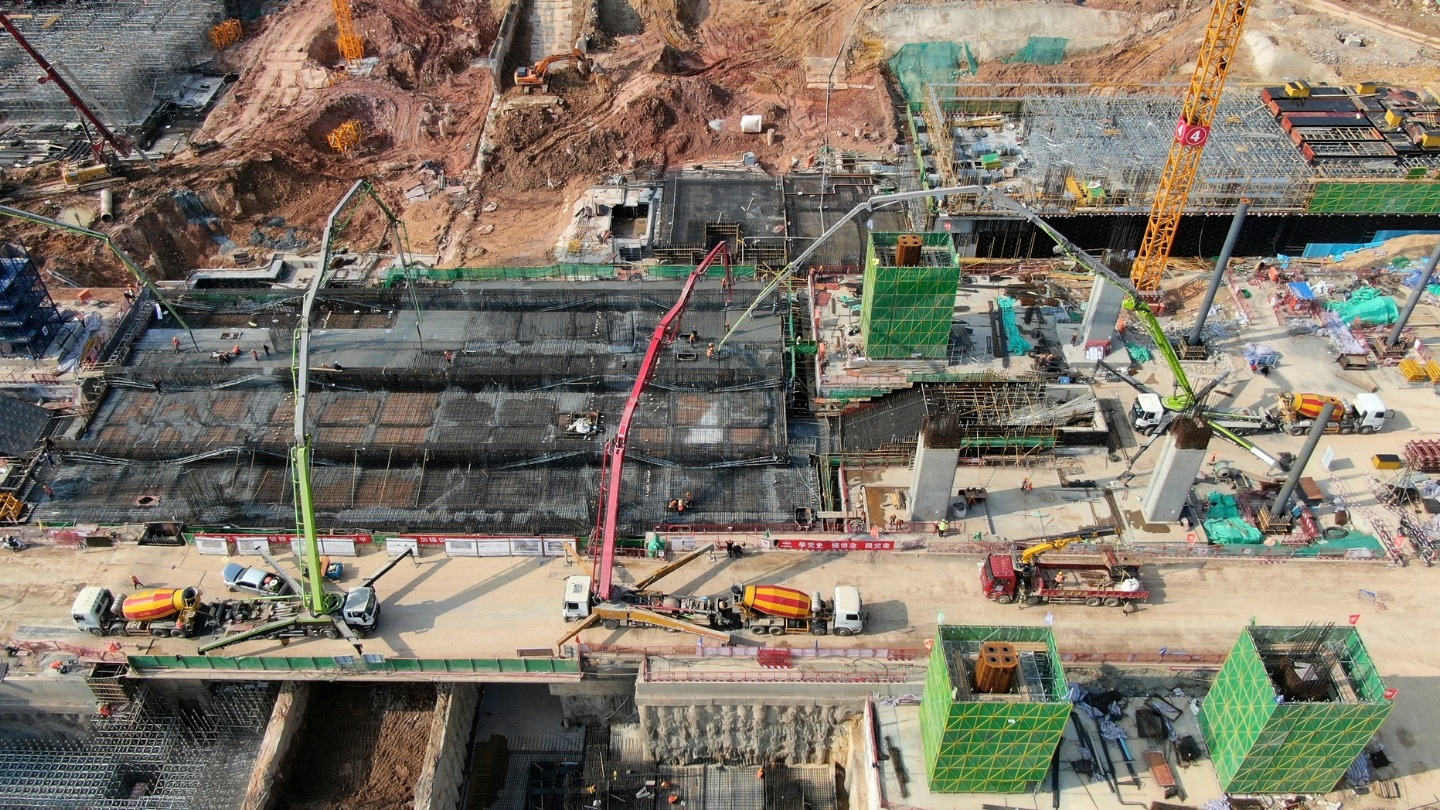The Kenya Urban Support Program Phase II (KUSPII) is dedicated to enhancing urban resilience and fostering inclusive growth.
Enhancing urban infrastructure and service delivery to create resilient cities for a sustainable future.
Fostering inclusive urban communities by integrating refugee and host populations seamlessly.
Empowering municipalities through training and technical support for improved urban management
| SN | County | Urban Area | Urban Population Size |
|---|---|---|---|
| 1. | Baringo | Kabarnet | 25,954 |
| 2. | Bomet | Bomet | 83,440 |
| 3. | Bungoma | Bungoma | 54,469 |
| Kimilili | 94,719 | ||
| 4. | Busia | Busia | 50,099 |
| 5. | Elgeyo Maraket | Iten/Tambach | 44,513 |
| 6. | Embu | Embu | 59,428 |
| 7. | Garissa | Garissa | 115,744 |
| 8. | Homa Bay | Homa Bay | 59,165 |
| 9. | Isiolo | Isiolo | 46,578 |
| 10. | Kajiado | Kajiado | 14,434 |
| Ngong | 107,042 | ||
| 11. | Kakamega | Kakamega | 90,670 |
| Mumias | 102,208 | ||
| 12. | Kericho | Kericho | 127,042 |
| 13. | Kiambu | Kiambu | 83,265 |
| Karuri | 115,731 | ||
| Kikuyu | 264,714 | ||
| Limuru | 79,686 | ||
| Ruiru | 240,226 | ||
| Thika | 151,225 | ||
| 14. | Kilifi | Kilifi | 47,957 |
| Malindi | 115,882 | ||
| 15. | Kirinyaga | Kerugoya/Kutus | 35,343 |
| 16. | Kitui | Kitui | 115,183 |
| 17. | Kwale | Kwale | 21,378 |
| 18. | Laikipia | Rumuruti | 10,064 |
| 19. | Lamu | Lamu | 18,328 |
| 20. | Machakos | Machakos | 150,467 |
| Kangundo-Tala | 218,722 | ||
| Mavoko | 135,571 | ||
| 21. | Makueni | Wote | 67,542 |
| 22. | Mandera | Mandera | 87,150 |
| 23. | Marsabit | Marsabit | 14,474 |
| 24. | Meru | Meru | 57,940 |
| 25. | Migori | Migori | 66,234 |
| Awendo | 108,742 | ||
| Rongo | 81,968 | ||
| 26. | Murang'a | Murang'a | 30,949 |
| 27. | Nakuru | Nakuru | 367,183 |
| Naivasha | 170,551 | ||
| 28. | Nandi | Kapsabet | 87,850 |
| 29. | Narok | Narok | 37,129 |
| 30. | Nyamira | Nyamira | 56,857 |
| 31. | Nyandarua | Olkalou | 67,186 |
| 32. | Nyeri | Nyeri | 117,297 |
| 33. | Samburu | Maralal | 15,213 |
| 34. | Kisii | Kisii | 81,318 |
| 35. | Siaya | Siaya | 23,825 |
| 36. | Taita Taveta | Mwatate | 6,576 |
| 37. | Tana River | Hola | 17,124 |
| 38. | Tharaka Nithi | Kathwana | 0 |
| 39. | Trans Nzoia | Kitale | 148,261 |
| 40. | Turkana | Lodwar | 47,101 |
| 41. | Uasin Gishu | Eldoret | 312,351 |
| 42. | Vihiga | Vihiga | 124,391 |
| 43. | Wajir | Wajir | 82,106 |
| 44. | West Pokot | Kapenguria | 36,379 |
| 45. | Kisumu | Kisumu | 383,444 |

The Kenya Urban Support Program II (KUSPII) is a transformative initiative aimed at fostering sustainable urban development across Kenya. KUSP II builds on the foundations of KUSP I to strengthen urban governance, enhance infrastructure, and promote resilience in 79 municipalities across 45 counties in Kenya.
The Kenya Urban Support Program (KUSPII) focuses on key program areas designed to address the unique challenges of urbanization while fostering sustainable growth. From enhancing municipal governance and strengthening infrastructure to promoting inclusive development and leveraging technological innovation, KUSPII’s program areas aim to create resilient, vibrant, and inclusive urban spaces that improve the quality of life for all citizens.
The Kenya Urban Support Program Phase I (KUSP I) marked a transformative chapter in Kenya’s urban development journey. As the foundation for sustainable and inclusive urban growth, KUSP I empowered municipalities, strengthened governance structures, and delivered impactful infrastructure projects, setting the stage for the ambitious goals of KUSPII.


The program focused on three core objectives:
These objectives laid the foundation for long-term urban resilience and economic vibrancy in Kenya.

KUSP I delivered significant milestones, including:

The implementation of KUSP I provided valuable insights into urban development challenges and opportunities, including:

Building on the foundation laid by KUSP I, the Kenya Urban Support Program Phase II (KUSPII) was initiated to expand the scope and scale of urban development interventions. With a focus on sustainability, inclusivity, and technological innovation, KUSPII aims to deepen the impact of its predecessor while addressing emerging urbanization challenges. By integrating advanced tools, data-driven strategies, and a stronger emphasis on community participation, KUSPII seeks to create resilient urban ecosystems that cater to Kenya’s dynamic and diverse population.
Access comprehensive KUSPII reports to explore insights, progress, and achievements shaping Kenya’s sustainable urban development.
KUSP II is implemented through a collaborative approach, bringing together national and county governments, international development agencies, and private sector stakeholders. These development partners play a crucial role in providing financial support, technical expertise, and policy guidance to ensure sustainable urban growth and effective municipal governance.



Strengthening the capacity of urban institutions to deliver resilient infrastructure and inclusive services, fostering sustainable urban development across Kenya.
Copyright 2025. Kenya Urban Support Program. All Rights Reserved.
©2025 | Kenya Urban Support Program | All Rights Reserved.